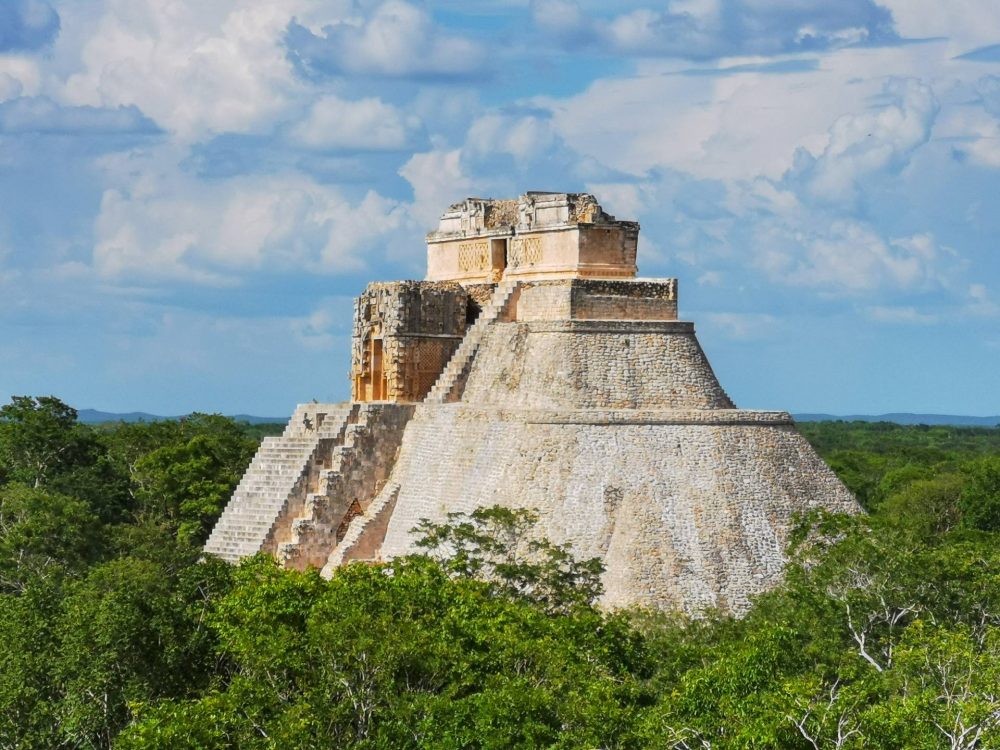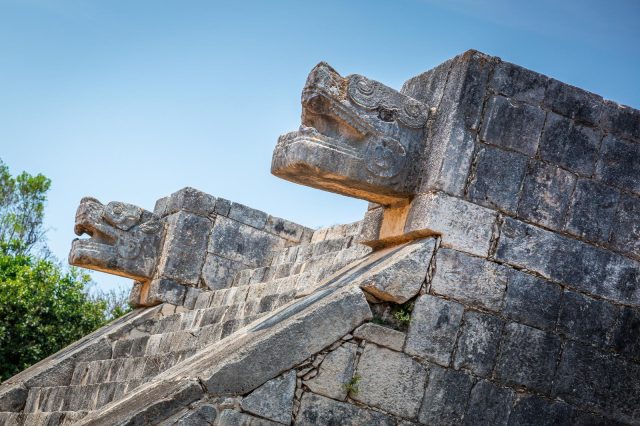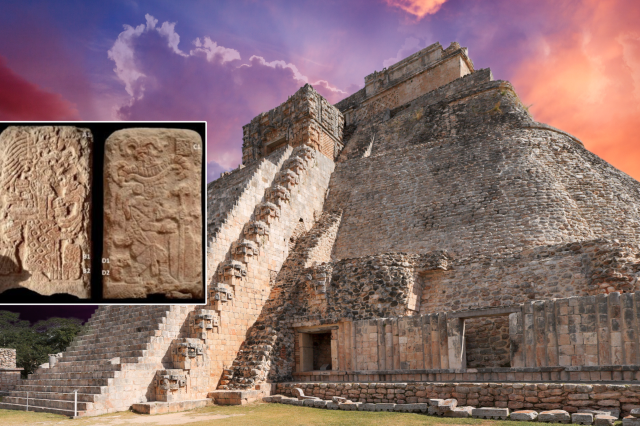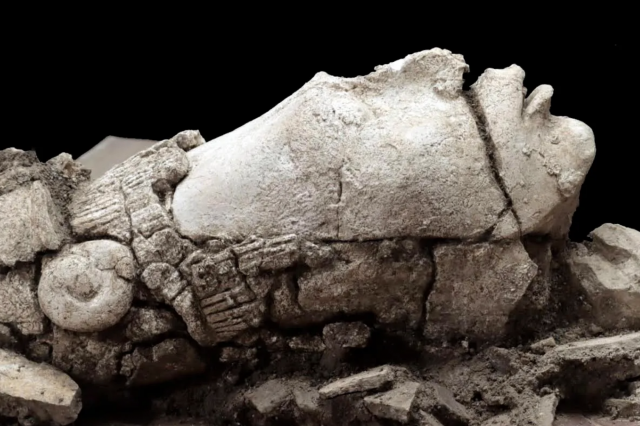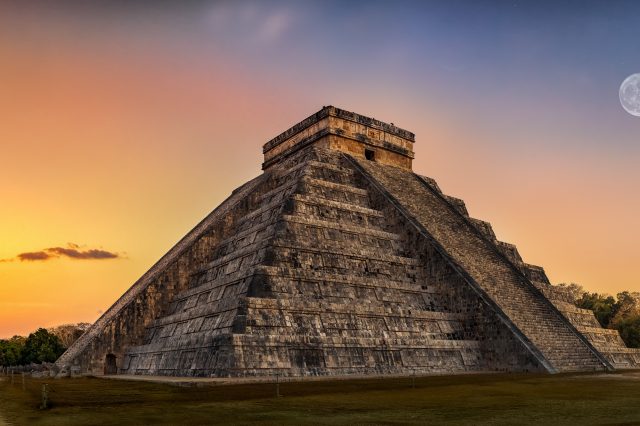The Maya civilization consisted of fervent astronomers who meticulously recorded the movements of celestial bodies. They venerated the Sun, Moon, and stars as deities, and celestial phenomena like eclipses, equinoxes, and solstices were significant events in their temples.
While many of you are familiar with the ancient Maya, there are still many little-known curiosities about them that many are unaware of. In this article, I list a series of twenty curiosities.
Undoubtedly, the ancient Maya civilization held a place of prominence among the ancient societies of Mesoamerica. They showcased exceptional skills in diverse fields such as agriculture, pottery, hieroglyphic writing, calendar creation, and mathematics. Moreover, their accomplishments in astronomy remain some of the most impressive contributions from the past.
Recognized as a distinct and highly advanced ancient culture, the Maya civilization was primarily established within a single geographical region that encompasses the entire Yucatan Peninsula, along with what we now know as Guatemala, Belize, and the Chiapas and Tabasco states of modern Mexico.
It’s essential to underscore that the ancient Maya were among their era’s most advanced and sophisticated civilizations, especially in the Mesoamerican region. Their numerous achievements and innovative practices significantly influenced the development of the region and continue to captivate scholars and enthusiasts today.
20 Little-Known Curiosities About the Ancient Maya
- The ancient Maya believed that the creation of the world occurred on August 11, 3114 BC, which serves as the commencement of their calendar.
- Despite popular belief, the Maya civilization hasn’t vanished. In fact, recent research suggests there are approximately seven million Mayans’ direct descendants residing in the Americas today.
- The oldest evidence of Maya settlements dates back to around 1800 B.C., marking the onset of the Preclassic or Formative Period.
- Mirador, a Late Preclassic city situated in the northern Peten, is regarded as one of the most remarkable cities constructed in the pre-Columbian Americas.
- A mysterious event transpired from the late eighth to the end of the ninth century, which significantly unsettled the Maya civilization.
- Scholars highlight the Maya civilization’s exceptional accomplishments in the field of abstract mathematics and astronomy.
- The Maya civilization had a written language and even produced books indicating their literacy.
- The intricate system of Mayan hieroglyphics was only successfully deciphered in the 1950s, making it one of the Earth’s most complex writing systems.
- The ancient Maya were pioneers in the concept of the number ZERO among ancient civilizations.
- Both Maya male and female adorned their bodies with intricate tattoo designs, positioning them as one of the earliest ancient cultures to adopt the practice of “tattooing.”
- During the Classic period, the supreme political authority in a Maya polity held the title ‘ahau,’ translating to ‘lord’ or ‘noble.’
- The smallest Maya urban centers spanned less than a square kilometer, while the largest, Tikal, sprawled over 123 square kilometers.
- The ancient Maya were exceptional engineers, constructing awe-inspiring pyramids and temples comparable to those in Egypt. La Danta’s peak is one of the world’s largest pyramids.
- Scholars estimate that the Pyramid of La Danta is more voluminous than the Great Pyramid of Giza, consisting of approximately 99 million cubic feet of rock and fill.
- The Maya civilization consisted of fervent astronomers who meticulously recorded the movements of celestial bodies. They venerated the Sun, Moon, and stars as deities, and celestial phenomena like eclipses, equinoxes, and solstices were significant events in their temples.
- The ancient Maya were sports enthusiasts. They practiced a ballgame known as Ōllamaliztli, common among civilizations from the Olmecs to the Aztecs. The goal was to hit a rubber ball through a hoop using any body part except hands. However, the precise origin of Ōllamaliztli remains unknown.
- The Maya civilization was among the first to use the Sauna or sweat bath, known as zumpul-ché.
- The ancient Maya employed natural hallucinogens such as peyote, morning glory, certain types of mushrooms, tobacco, and plants used for creating alcoholic substances.
- The principal crops of the Maya civilization were maize, beans, squash, avocados, chili peppers, pineapples, papayas, cacao.
- The island city of Tayasal, considered the last independent Mayan Kingdom, sustained its existence until 1696.
PLEASE READ: Have something to add? Visit Curiosmos on Facebook. Join the discussion in our mobile Telegram group. Also, follow us on Google News. Interesting in history, mysteries, and more? Visit Ancient Library’s Telegram group and become part of an exclusive group.

